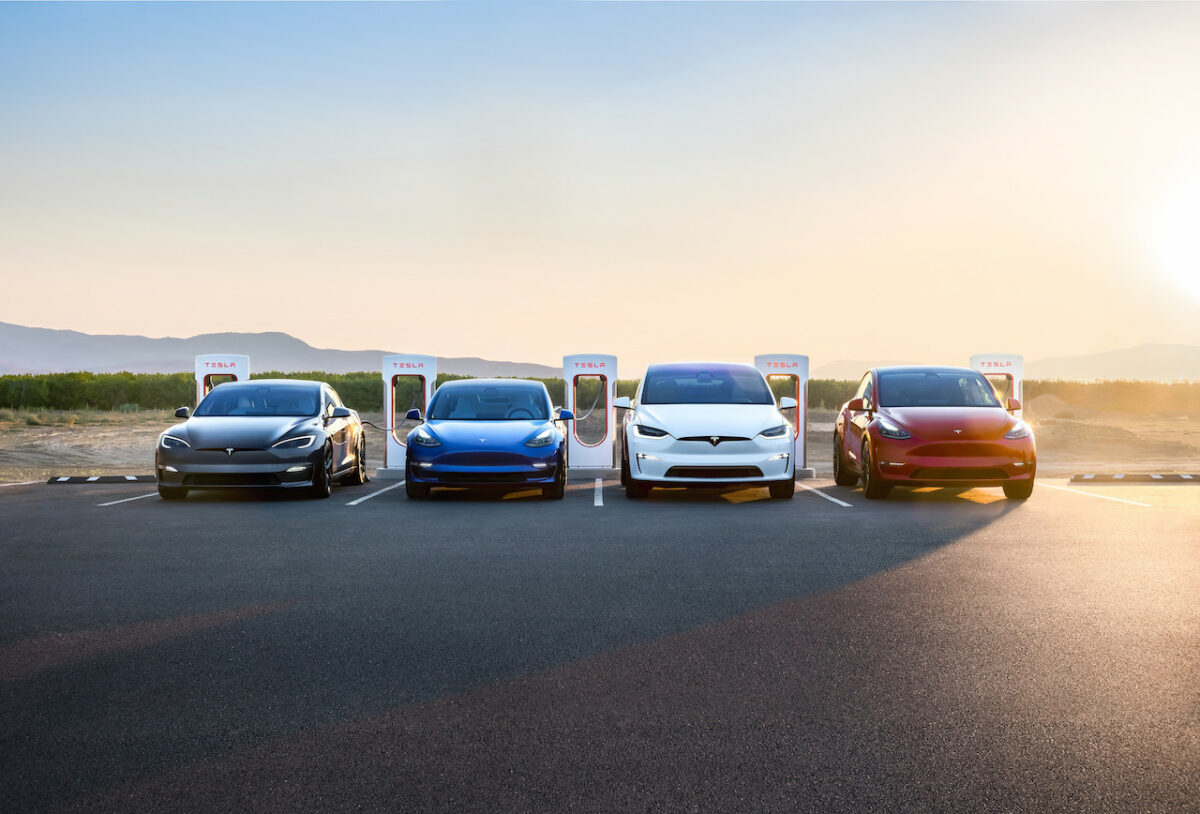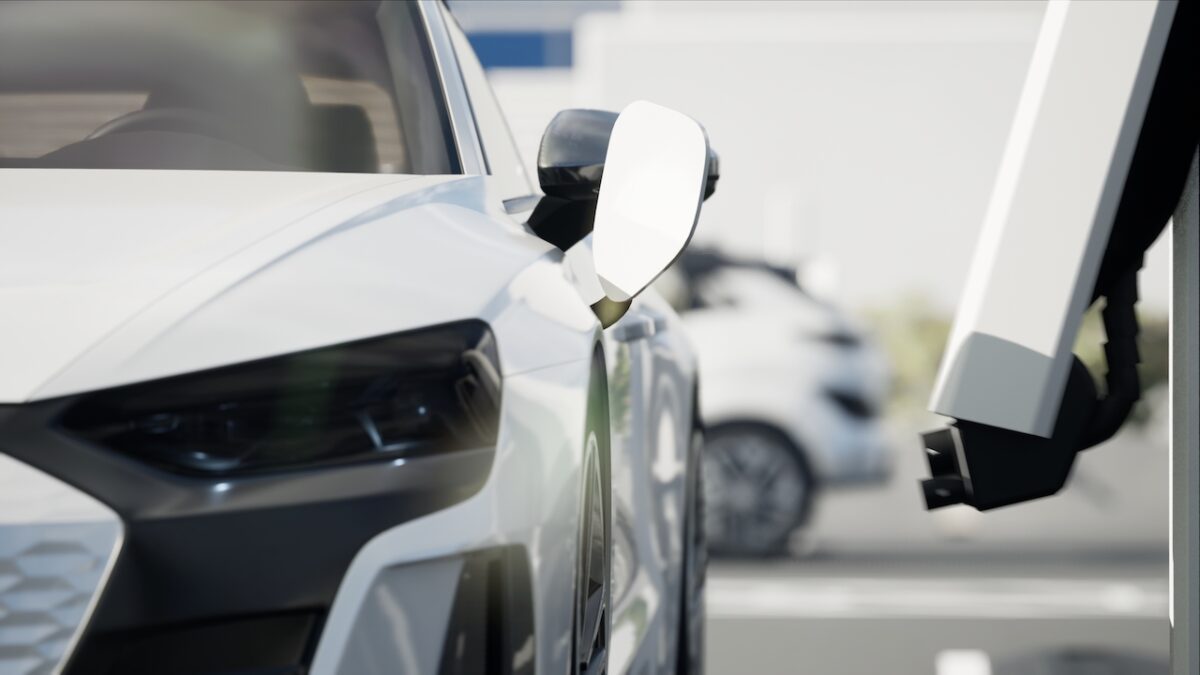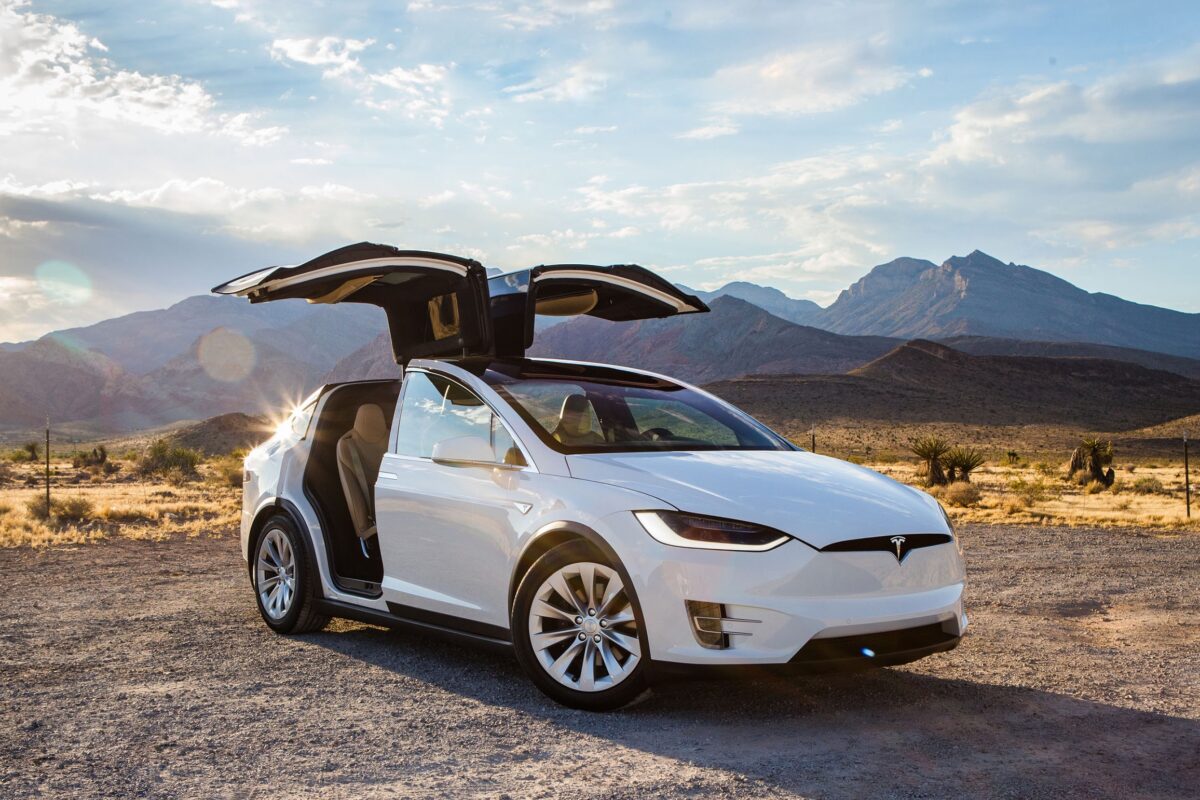Home to the likes of Google, Apple and Facebook, Silicon Valley has garnered cult status as the world’s consumer electronics tech hub. But Silicon Valley has a bigger purpose: it is changing the way the world works.
That’s according to Justin Rose, Partner & Managing Director, Chicago, Boston Consulting Group (BCG). Speaking during M:bility | California, a two-day event hosted by Automotive World in San Jose, he explained that within the thriving mobility ecosystem, Silicon Valley is making the world a better place. What exactly does that look like? In short: safer, cleaner and more easily accessible. “However, it’s important to keep in mind that we have a responsibility to get it right,” he said.
Indeed, there is more at stake here than simply appeasing shareholders. Cities across the world are more congested than ever before, air pollution is dangerously high and there is as yet no solution to sky-high traffic mortality rates. “If we get it wrong, it will fundamentally be a major negative for the world over the next 50 or even 100 years,” warned Rose.
With all this in mind, how is the City of San Jose flying the flag for the future of mobility?
Public transit vs car-sharing
Occupying the south of Silicon Valley, San Jose is the third largest city in California, following Los Angeles and San Diego. It is also a city that drives: rail networks are neither well established nor far-reaching; the middle class is swelling, and the area is a magnet for the wealthy. All of this naturally encourages locals to own a car to get around.
I’m not sure why we don’t see more done around Bay Area Rapid Transit (BART) solutions. It’s not a technology problem—frankly I’m not sure what the issue is
Some believe that public transport needs to be a focus point moving forward. “I’m not sure why we don’t see more done around Bay Area Rapid Transit (BART) solutions. It’s not a technology problem—frankly I’m not sure what the issue is,” said Ruth Cox, Chief Executive of Prospect Silicon Valley, a non-profit innovation hub focussed on urban communities.
Others suggest that car-sharing is the way forward—particularly the electric and autonomous variety. Societal benefits aside, the business model could also make serious money. BCG has conducted research that estimates fleet operators in the Bay Area could make as much as US$2bn in profits a year.
As BCG’s Rose detailed, around 100 million miles are driven by car each day in San Jose and San Francisco combined. In the future, he estimates around half of those miles will be covered by shared, electric vehicles. A fleet consisting of 120,000 vehicles roaming around—each driving 300 to 400 miles per day—would accumulate 16 billion miles per year in total. That would equate to something like US$9bn in revenue for the fleet operators, he suggested, and US$2bn in profit. “It is a very big deal,” he remarked.
Using the M:bility | California conference venue as a case study, Rose went into further detail on how the shared, electric and autonomous business model fits in with life in the Bay Area as we know it. The airport is around 4.5 miles away, and the train is one option. The trip itinerary is as follows: a five minute walk to the metro stop, a five minute changeover, a ten-minute light rail trip and another five minute walk to the convention centre. “All told, it is a 40 minute trip that costs about US$2.50,” said Rose. “By comparison, an Uber X was US$25.”
We have good weather for it and progressive cities, so I think you will see an increase in micromobility options
A robotaxi may charge as little as US$.070 per mile, he suggested, which would equate to around US$3.50 for a solo rider. “Plus it’s door to door, and there is limited waiting time,” he explained. “From a customer experience standpoint, it is pretty attractive, and from a cost economics point, you are getting pretty darn close to that of public transport.”
However, with eye-watering house prices many choose to share a home with friends and acquaintances. This is turning many toward private vehicle ownership, suggested Jill North, Innovation Manager, City of San Jose. “We’ve been really excited for a while about millennials not going towards car ownership. But that is being flipped on its head—they are purchasing a car because it is their own space.”
Micromobility
Robotaxis and private cars aside, the Bay Area is also an early adopter of the micromobility wave that has flooded streets with shared pedal-assist bicycles, e-scooters and even electric mopeds.
“We have good weather for it and progressive cities, so I think you will see an increase in micromobility options,” said Cox. “They are a really good option for first- and last-mile transport, so I hope to see more flexible and cost effective options to support the public transit backbone. Simply replacing combustion engine vehicles with electric or autonomous vehicles will not solve our congestion problem.”
Jill North, Innovation Manager for the City of San Jose, believes the industry needs to be realistic with its expectations. Improvements will be gradual, she suggested, but they are by no means guaranteed as a result of new tech. “We will continue to see progress in some areas, but in others we will see things worsen,” she warned. “Congestion will remain an issue, but some of the investments we have made in safety may pay off.”
California is not Europe. It’s naïve to think we can apply those solutions here blindly
Cox believes that in order for micromobility to become more usable, and less of a menace to pedestrians in some cases, Silicon Valley’s infrastructure needs to adapt. “Scooters are great mobility solutions, but they are also dangerous,” she said. “Car drivers are impatient and are not used to seeing these vulnerable road users riding around. It is important that we make those modes of transport safe.”
Fit for purpose
It is also important that business models and technologies are crafted and deployed to suit the specific needs of Silicon Valley.
Ideas from other ‘mobile’ cities around the world cannot simply be copied and pasted, suggested Carol Kuester, Director of Electronic Payments and Systems at the Metropolitan Transportation Commission, which is responsible for transportation planning within the nine counties around the Bay Area. “While it is great that we look for inspiration from cities like Helsinki and London, California is not Europe. It’s naïve to think we can apply those solutions here blindly,” she explained. “We simply don’t have the same kind of funding mechanisms.”
Silicon Valley’s traffic problem is also influenced by social issue factors. “The most dominant theme is that, as a transportation agency, we are spending less time focussed on transportation, and being more drawn into the housing crisis,” advised Kuester. “We spend a lot of time figuring out how to get people to transit and simplifying fares, but I would be very conservative in my hopes for new technology to just solve our jobs-housing conundrum.”
Ten years from now we will start to see some of the benefit to all of this investment, but I think we still have a long way to go
A straightforward approach to reducing city congestion would be to encourage remote working, Juester suggested. “Being able to stay at home and telecommute is huge,” she continued. “The housing and commute pressure means that more people are telecommuting than taking public transit.”
Flicking the switch
The idea that mobility issues can be ‘solved’ by an injection of technology, then, may be slightly naïve. However, the panel agreed that collaboration will be important when cherry-picking the right ideas for Silicon Valley. “There is a lot that we can do with our two dozen transit agencies in the Bay Area,” advised Kuester. “The challenge is that everyone in this space wants to get involved in some way, so it is hard to juggle all of those ideas and figure out which way to go.”
Things happen fast in Silicon Valley. New start-ups have been known to launch products overnight, and the area is at the heart of all things ‘future mobility’. A wealth of venture capital money pits amid a vast—and growing—start-up ecosystem would suggest that the Bay Area will lead the way in terms of mobility optimisation. Alas, a key takeaway from the M:bility | California panel was that expectations may need to be managed moving forward. “I don’t think there will be a moment where all these technologies come together at once at the flick of a switch,” concluded Cox. “Change will be incremental; ten years from now we will start to see some of the benefit to all of this investment, but I think we still have a long way to go.”



